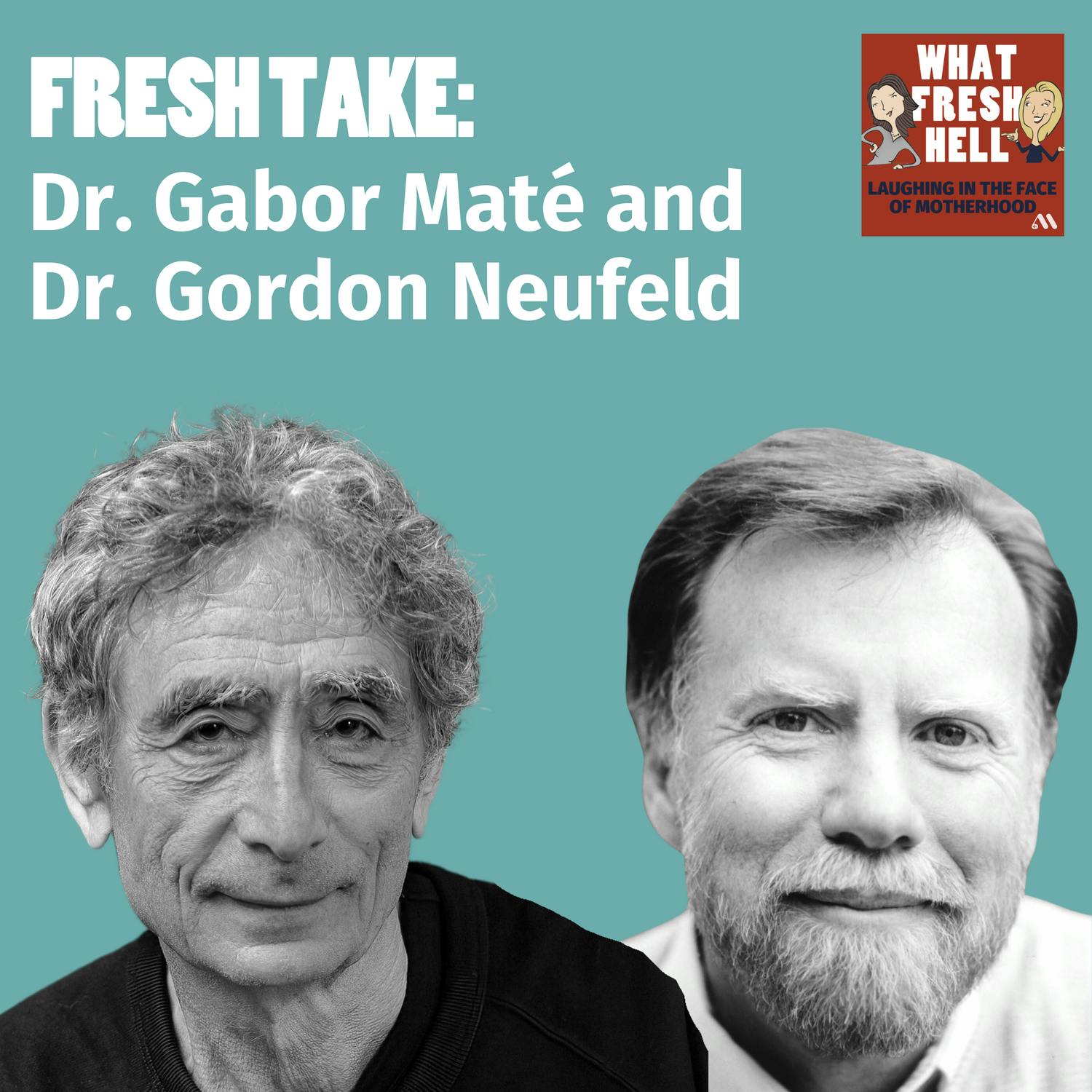Fresh Take: Jen Lumanlan of "Your Parenting Mojo"
We can sometimes get so focused on correcting our kids' behavior that we neglect to consider what unmet needs are being expressed. Jen Lumanlan, host of "Your Parenting Mojo," explains how to shift our responses to parenting triggers.
Do you feel like you're at the end of your rope with trying to get your kids to behave? Jen Lumanlan takes us through the steps for getting at the root cause of our children's behavior - and the root cause of our negative reactions, too.
Jen Lumanlan is the host of the Your Parenting Mojo podcast, which Lifehacker named "Best Research-Based Parenting Podcast." She runs a course called Taming Your Triggers, which helps parents to understand why they feel triggered and to feel triggered less often. Jen holds a Master's in Psychology focused on Child Development and another in Education.
Jen, Amy, and Margaret discuss:
- How to determine your child's most frequent needs (and when to do it)
- Where hair ties come into the picture
- The importance of non-cognitive shifts
While inserting a "slip of paper" between our emotional response and our actions is important, the best thing we can do for ourselves and our kids is heal the reasons we are triggered by specific things in the first place.
Here's where you can find Jen:
- @yourparentingmojo on FB/IG
- www.yourparentingmojo.com
- "Your Parenting Mojo" Podcast
Links!
- 13 Reasons Your Child Doesn't Listen (And What To Do About Each One) cheat sheet: https://www.yourparentingmojo.com/whatfreshhell
- Taming Your Triggers workshop: https://www.yourparentingmojo.com/tamingyourtriggers
- Our "Pattern Breaking" episode
Special thanks to our sponsors for this month:
For trusted protection, choose Pampers, the #1 Pediatrician Recommended Brand. Download the Pampers Club App today to start earning rewards with every diaper & wipes purchase.
Author Accelerator’s Book Coach Certification program provides resources to help you launch your own thriving business coaching writers. Head to bookcoaches.com/podcasts to find out more.
This episode is brought to you by BetterHelp. If you want to live a more empowered life, therapy can get you there. Visit BetterHelp.com/FRESH today to get 10% off your first month.
Hello Fresh is America’s #1 Meal Kit. Go to HelloFresh.com/wfhpod65 and use code wfhpod65 for 65% off plus free shipping!
Indeed is the only job site where you're guaranteed to find quality applicants that meet your must-have requirements. Visit indeed.com/LAUGHING to start hiring now. Terms and conditions apply.
You can try Peloton Tread risk-free with a 30-day home trial. New members only. Not available in remote locations. See additional terms at onepeloton.com/home-trial.
Rakuten is an online shopping platform that gives you cash back when you shop at thousands of stores. Start shopping at rakuten.com or get the Rakuten app to start saving today.
Ritual’s Essential for Women 18+ is a multivitamin you can actually trust. Visit ritual.com/laughing to get 10% off during your first 3 months.
Learn more about your ad choices. Visit megaphone.fm/adchoices





















